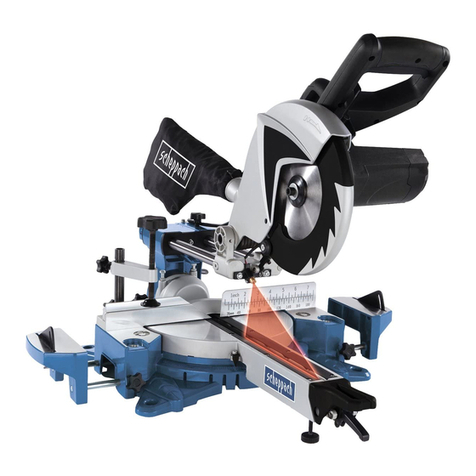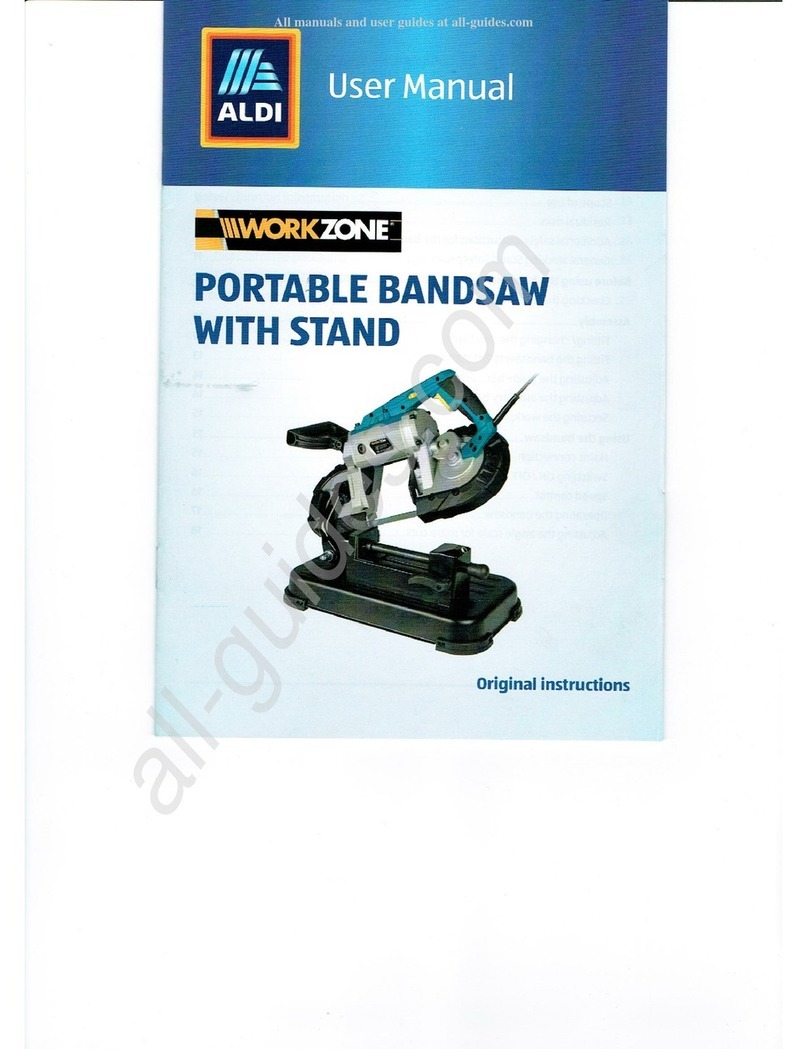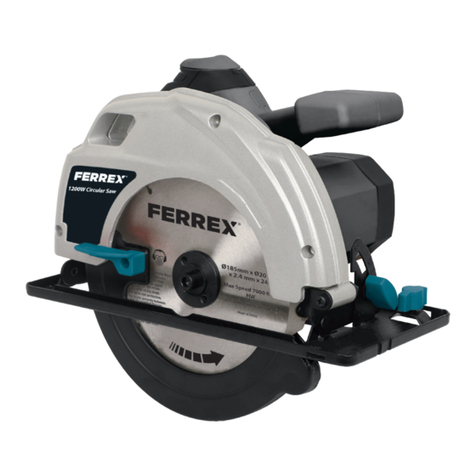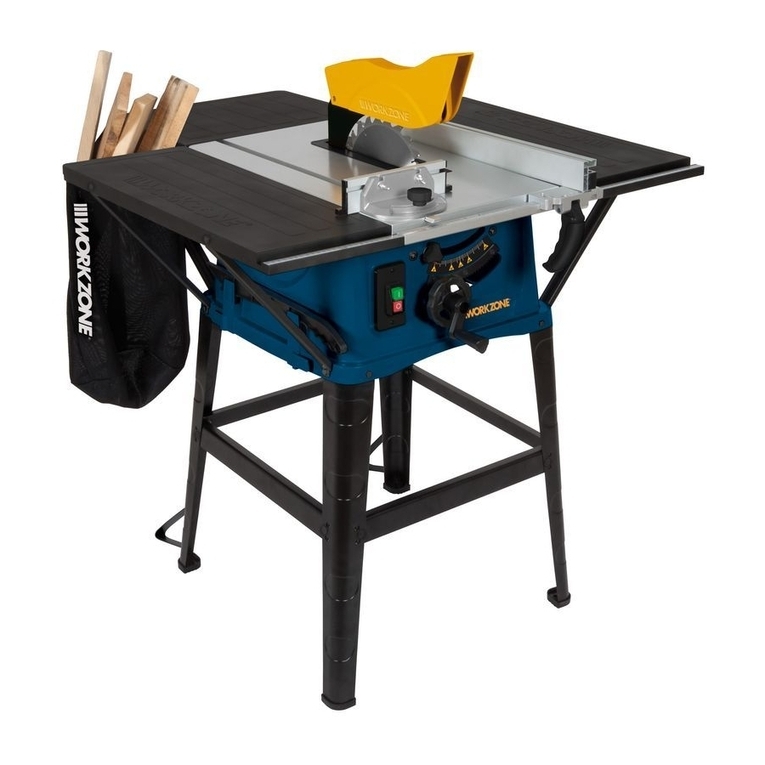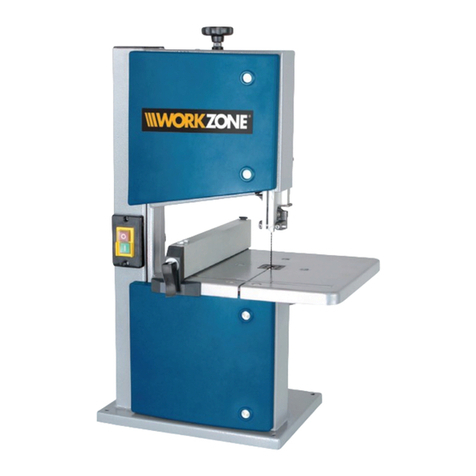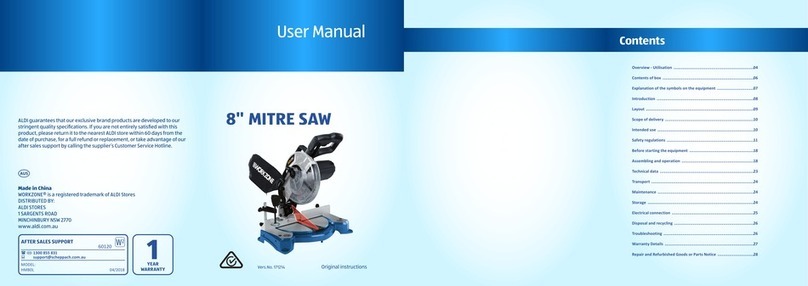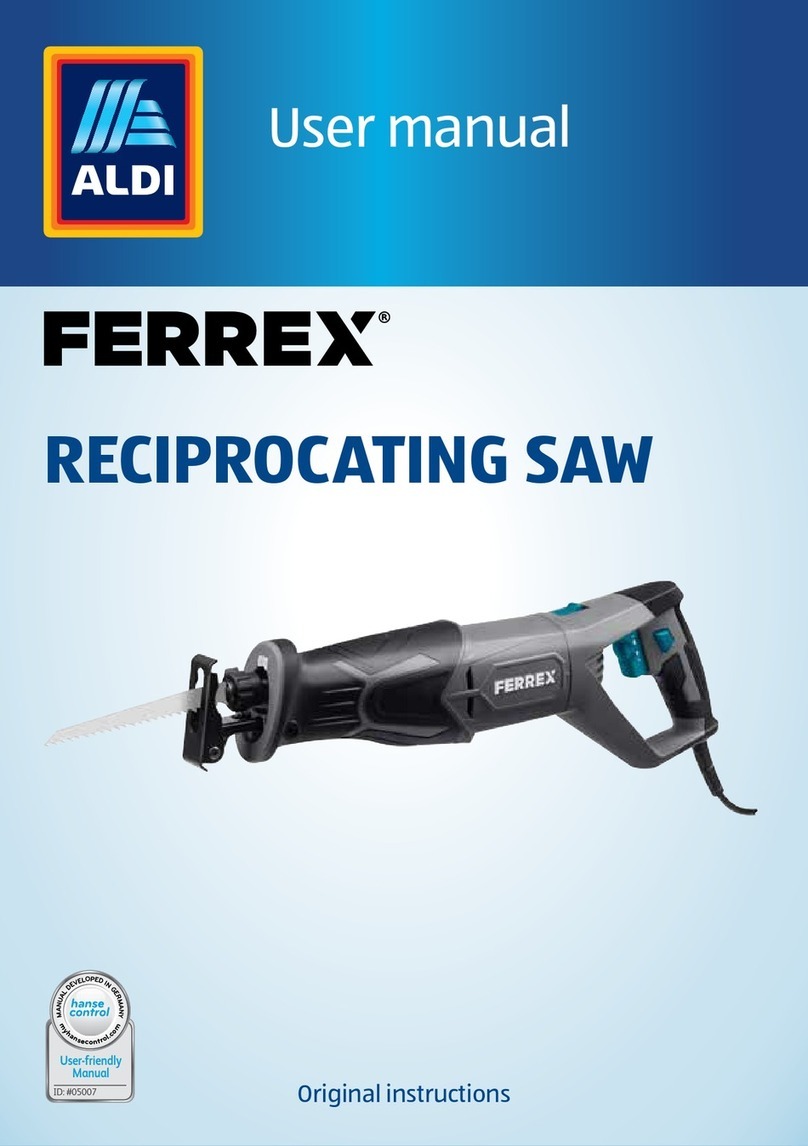
Contents
Package contents........................................................................ 3
General information................................................................... 11
Reading and storing the user manual .......................................... 11
Explanation of symbols ................................................................... 11
Safety ..........................................................................................13
Intended use .....................................................................................13
Residual hazards...............................................................................13
Important information about the power connection.................14
General safety information .............................................................14
Warranty.............................................................................................14
Safety information............................................................................15
Safety information on the batteries ..............................................16
Special safety information for table saws....................................20
Safety information for sawing........................................................21
Using for the first time .............................................................. 29
Checking the table saw and items supplied ...............................29
Assembling the table saw ..............................................................30
Operation................................................................................... 33
Cleaning and maintenance.......................................................44
Cleaning the table saw ...................................................................45
Carbon brushes................................................................................46
Maintenance.....................................................................................46
Replacing the power cable ............................................................47
Inspecting the table saw ................................................................ 47
Transport ...................................................................................48
Storage ......................................................................................48
Spare parts and accessories ..................................................... 49
Technical data ........................................................................... 49
Noise/vibration information .................................................... 50
Disposal...................................................................................... 52
Disposing of the packaging ...........................................................52
Disposing of the table saw .............................................................52
Troubleshooting guide ............................................................. 53
Declaration of conformity......................................................... 54
Layout_F_TS_2000_1_UK_SPK7.indd 2Layout_F_TS_2000_1_UK_SPK7.indd 2 23.06.2020 14:29:1823.06.2020 14:29:18
